We are open during the day from Tuesday – Friday, 10am – 2pm until September 29. Admission is $10 for adults and $5 for Students & Seniors, there is no charge for children under 5.We are also open weekly for Saturday night Star parties until September 3. following in the 104 year old tradition there is no charge to the public for Saturday nights, though tickets need to be reserved through Eventbrite.
The Friends of the Dominion Astrophysical Observatory is excited to announce it has reopened the Centre of the Universe visitors center after being closed to the public since March 2020. The visitors center will be open to the general public during the daytime Tuesday to Friday starting on July 7, 2022 from 10am until 2pm with self-guided gallery tours, a short-length movie about the history of the site and Dome tours with a cost of $10 for Adults, $5 for Students & Seniors, and a Small group rate of $25 (for up to 2 Adults & 3 Students or Seniors).
In addition to the daytime hours the FDAO continues its 104-year tradition of FREE Saturday Night Star Parties, running every Saturday from July 9, 2022 to September 3, 2022 with an encore finale Star Party of the season on September 17, 2022. Saturday night Star Parties feature Children’s Programming with an engaging presentation, Dome tour and astronomy related crafts. A new speaker and theme is presented every week with two talks along with two tours of the Dome. Tickets are available on Eventbrite.
The mission of the Friends of the Dominion Astrophysical Observatory (FDAO) is to inspire visitors of all ages by expanding their understanding of their place in the universe and making Canada’s historic Dominion Astrophysical Observatory and the Centre of the Universe sites of learning, creativity, and community for all.
CLICK HERE FOR MORE INFORMATION
History
The Dominion Astrophysical Observatory, located on Observatory Hill, in Saanich, British Columbia, was completed in 1918 by the Canadian government. The Dominion Architect responsible for the building was Edgar Lewis Horwood. The main instrument is the 72 inch (1.83 meter) aperture Plaskett telescope, proposed and designed by John S. Plaskett in 1910 with the support of the International Union for Cooperation in Solar Research. It was planned to be the largest telescope in the world but delays meant it was completed and saw “first light” on May 6, 1918, 6 months after the Hooker 100-inch telescope.
The observatory has been designated a National Historic Site of Canada as it is a world-renowned facility where many discoveries about the nature of the Milky Way were made, and it was one of the world’s main astrophysical research centres until the 1960s.
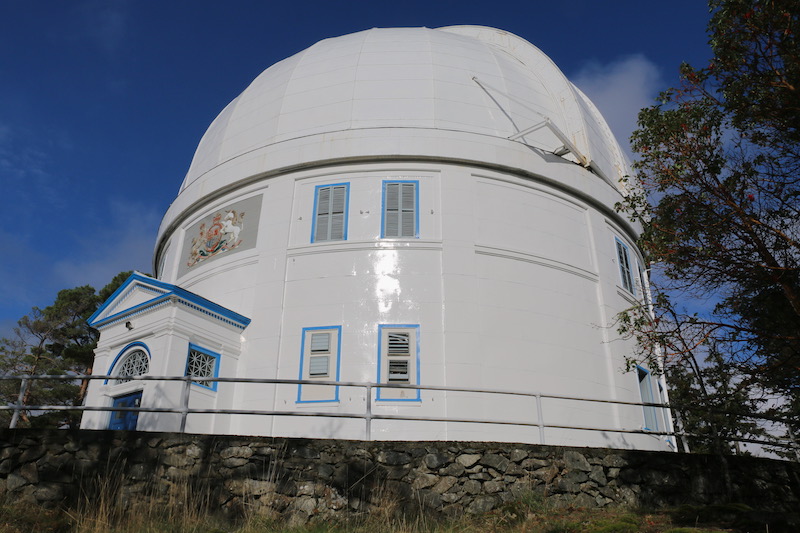
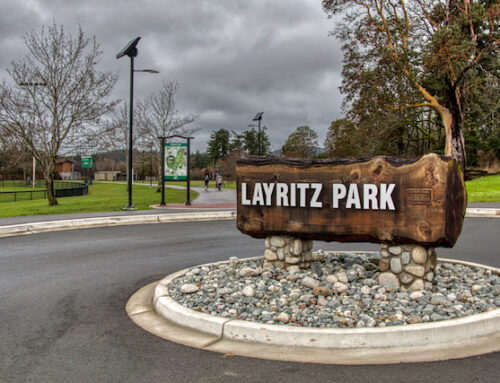
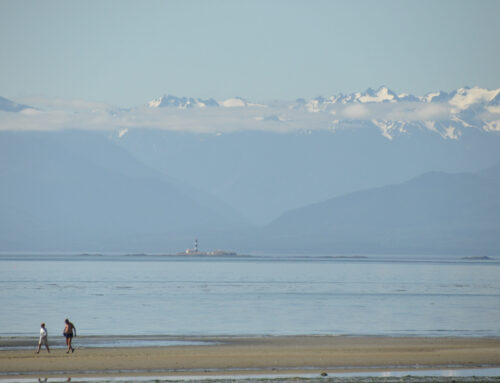
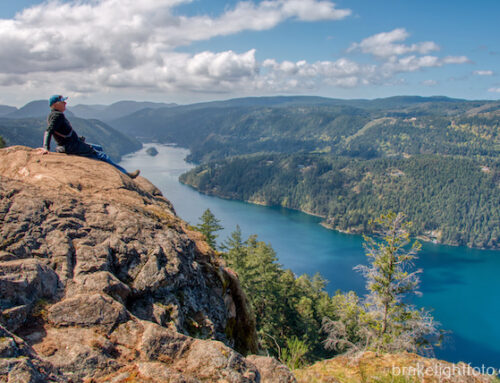
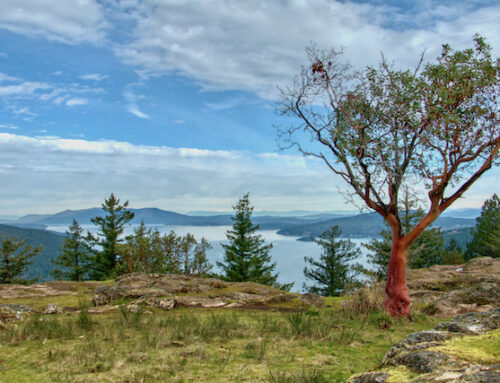
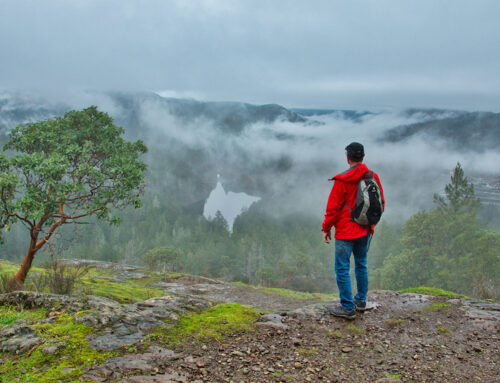
Was there a fire ball in the sky last night at 7:11pm or am I crazy.
Hi Nichole, No idea. Haven’t heard anything about it and we were out of town at the time! Sounds pretty amazing tho!
Hello, I have twin boys and would love to show them around the observatory… when will you open again to the public? Today is March 2,2022. Thanks
Hi Jessica, Sorry for any confusion … you have reached me here at Visitor in Victoria. I have no connection to the observatory. For more information I suggest you contact them directly at: info@centreoftheuniverse.org
Cheers!
linda